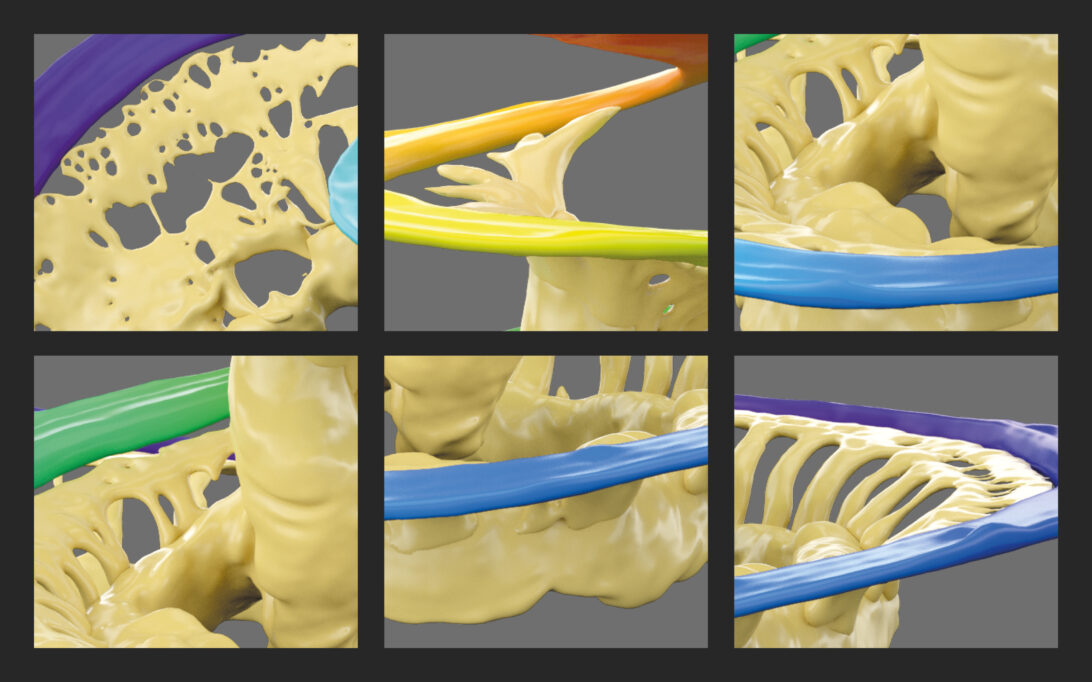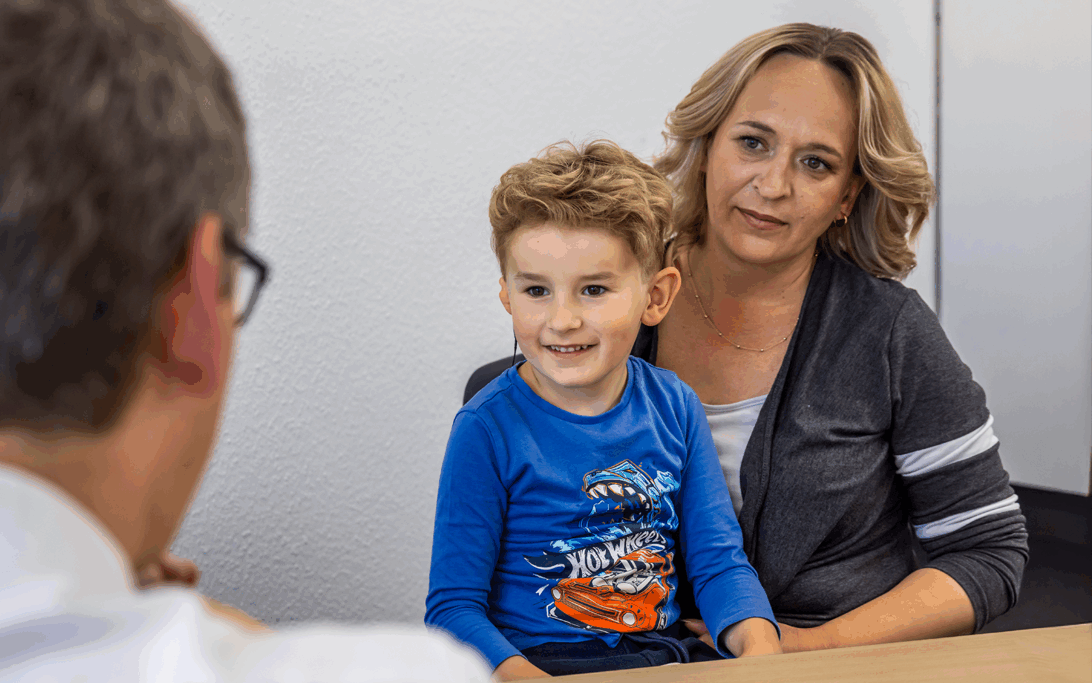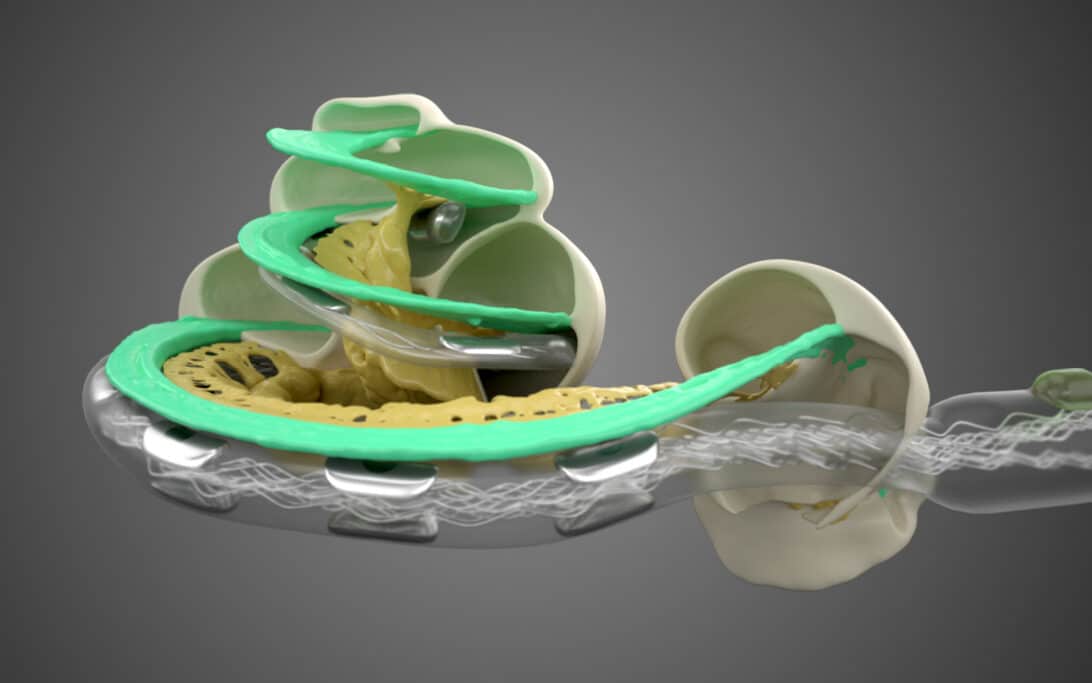
Prof. Dr. Philippe Lefèbvre and Prof. Dr. Joachim Müller share their experiences leading the feasibility study on MED-EL’s Totally Implantable Cochlear Implant (TICI), breakthrough technology that integrates all cochlear implant components—audio processor, microphone, and battery—into one device under the skin.


.png)




